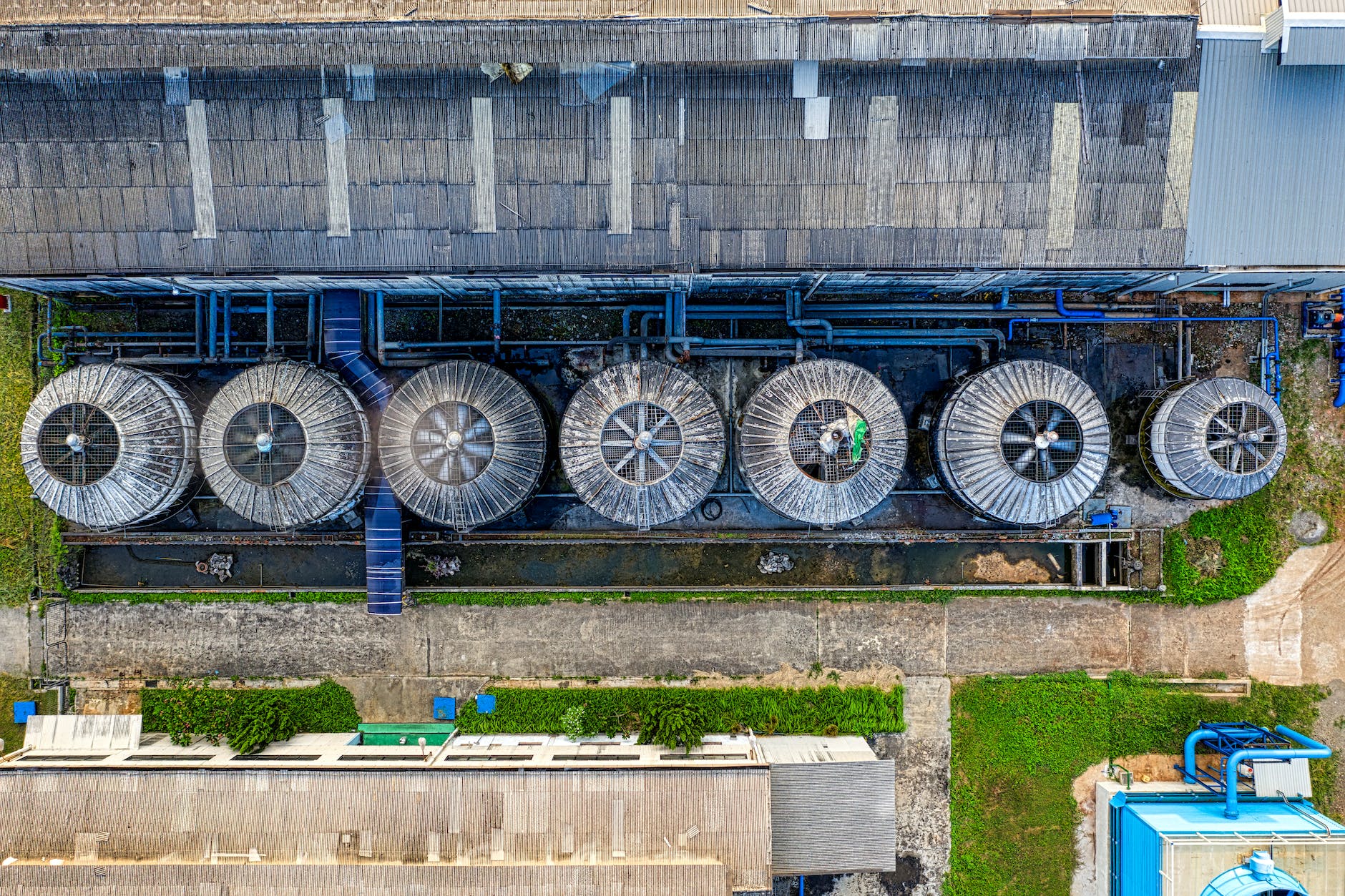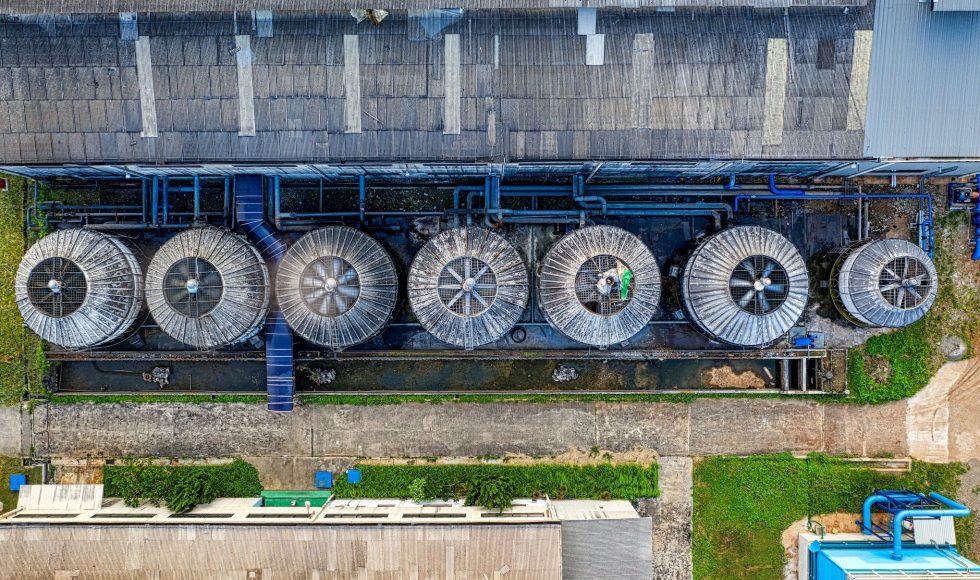High E. Olsen from the University of California, Santa Cruz presented at the Nanopore Community Meeting 2021 on “Detecting SARS-CoV-2 and other pathogens in aerosols at wastewater treatment plants.” The title is really intriguing! Wastewater, Olsen said, is a catalog of human pathogens and also a source of aerosols because of the aerators used. The UC Davis Wastewater plant has a mechanical aerator and receives waste from schools, dormitories, animal facilities, and Olsen described how the mechanical disk aerators work. The huge disks move water and mix. Olsen and team used an aerosol sampler that works at 200 meters per minute. Inside there is a filter. After use for 24 hours, the filter looks dark. The goals Olsen had were to detect SARS-CoV-2 bioaerosols generated by primary wastewater aeration and test nucleic acid sequencing from the “aerobiome” for surveillance. The team collected air samples 24h/day for four consecutive days. They used a 200 L/minute InnovaPrep-BOBCAT sampler (288M3/24h). They then split the sample for RNA and DNA Nanopore sequencing. For bioinformatics, the team used Shasta, Minimap2, Kaken2, ARTIC v2 pipeline, and the midnight pipeline. For sample prep, they extracted and concentrated 40x using a filter extract by hollow fiber membrane technology from InnovaPrep. Sample volume was split 50/50 for RNA sample preparation with the Zymo Quick-RNA Kit and DNA with phenol:chloroform:isoamyl alcohol. Most days of sampling, samples were positive. They switched from the ARTIC to the Midnight workflow. For DNA sequencing, they obtained about 3 million reads passing quality control (N50 4 kb), with most reads being bacterial (92.10%), followed by human (7.47%). Olsen concluded that the air sampling method was capable of detecting SARS-CoV-2 and other organisms of interest. I thought the sampling approach was really neat and did not know about InnovaPrep!



